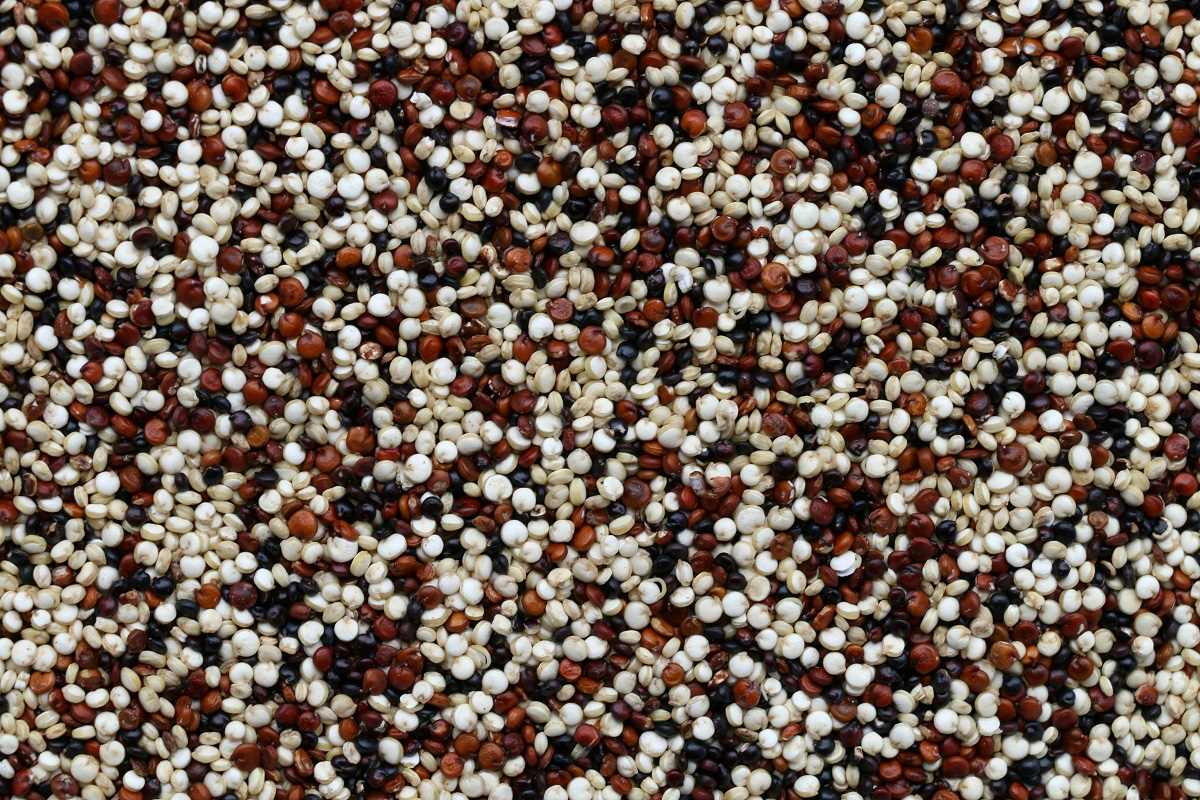Your heart is one of the most vital muscles in your body, and just like any other muscle, it needs regular exercise to stay strong and healthy. While gyms offer plenty of equipment and guided workouts, you don’t need to step into one to give your heart the care it deserves. With simple, equipment-free exercises, you can improve your cardiovascular health from the comfort of your home or the great outdoors. These routines are accessible, effective, and budget-friendly.
Here’s a guide packed with exercises, tips, and a strategy to help you build a healthier heart without a gym membership.
The Benefits of Cardiovascular Exercise
Cardiovascular exercises, or cardio, are activities that increase your heart rate and breathing, improving endurance and heart health. Regular cardio comes with numerous benefits, such as:
- Strengthening the heart muscle and improving circulation.
- Lowering blood pressure and reducing bad cholesterol (LDL).
- Boosting stamina and energy levels while managing weight.
- Decreasing the risk of heart disease and stroke.
Now, let's explore some simple exercises that are great for your heart and can be done anywhere.
No-Gym Heart-Strengthening Exercises
1. Walking
Walking is one of the easiest and most accessible forms of cardio. A brisk walk gets your heart pumping, improves circulation, and is gentle on the joints, making it ideal for beginners or those with joint issues.
How to Do It:
- Start with a 10- to 15-minute session at a moderate pace.
- Gradually increase your walking speed and duration over time (aim for 30–60 minutes daily).
- For added intensity, try power walking or walking on inclines like hills.
Bonus Tip:
Track steps using a pedometer or smartphone to stay motivated. A goal of 8,000–10,000 steps daily is perfect for heart health.
2. Jogging or Running
Jogging is a step up from walking, offering a more intense workout. It strengthens the heart and lungs while burning more calories. Even short sessions of jogging can provide significant heart health benefits.
How to Do It:
- Start with intervals—alternate 2 minutes of jogging with 2 minutes of walking.
- Gradually increase jogging time while reducing walking breaks.
- Maintain proper posture and pace to avoid strain on your knees and joints.
If jogging feels too intense, stick to brisk walking or try “wogging,” a combination of walking and jogging.
3. Cycling
Whether you have a stationary bike indoors or a bicycle for outdoor rides, cycling is a fantastic low-impact exercise. It effectively strengthens your heart, improves lung capacity, and tones your lower body.
How to Do It:
- Start with 20–30-minute cycles at moderate speed.
- Increase speed or tackle hilly routes for a cardio challenge.
- For indoor cycling, try adjusting the resistance level over time.
4. Jumping Jacks
Jumping jacks are a classic bodyweight exercise that gets your heart rate up quickly. They improve cardiovascular endurance and can be done in short bursts for maximum benefit.
How to Do It:
- Stand with feet together and arms at your sides.
- Jump while spreading your feet and raising your arms overhead.
- Jump back to the starting position and repeat.
Do 3 sets of 20–30 jumping jacks, resting in between as needed.
5. Burpees
Burpees are a full-body workout that boosts cardio fitness, strength, and endurance. They’re high-intensity, making them excellent for heart health. While they may feel challenging, the results are worth it!
How to Do It:
- Start in a standing position.
- Drop into a squat and place your hands on the ground.
- Jump back into a plank position.
- Jump your feet forward, then jump straight up with your arms reaching overhead.
- Repeat.
For beginners, skip the plank phase or step back instead of jumping. Aim for 10–15 reps to start, increasing as your fitness improves.
6. High Knees
High knees are a simple yet effective way to get your heart pumping and improve coordination.
How to Do It:
- Stand upright and quickly march or jog in place, lifting your knees as high as possible.
- Use your arms to add intensity by pumping them as you move.
Do this for 30 seconds, rest, and repeat for 3–5 rounds.
7. Stair Climbing
If you have stairs at home or in your community, you have a built-in heart-strengthening workout. Climbing stairs improves heart health while toning your legs and glutes.
How to Do It:
- Walk or jog up the stairs at a steady pace, then walk down to recover.
- Repeat for 5–10 minutes, gradually increasing time and intensity.
For extra challenge, carry light hand weights or take two steps at a time.
8. Dancing
Have fun while taking care of your heart! Dancing gets your blood flowing while improving coordination and endurance. Whether it's Zumba, hip-hop, or freestyle, dancing is a fantastic cardio workout.
How to Do It:
- Put on your favorite playlist and dance for 20–30 minutes.
- Try following a dance workout video for guided routines and additional motivation.
Warm-Up and Cool-Down Essentials
Warming up and cooling down are essential parts of any workout routine. They prepare your body for exercise and reduce the risk of injury.
Warm-Up (5–10 Minutes):
- March in place while swinging your arms.
- Do gentle stretches targeting your legs, arms, and back.
- Perform light cardio, like slow jumping jacks or brisk walking, to elevate your heart rate gradually.
Cool-Down (5–10 Minutes):
After exercising, allow your heart to return to a resting rate smoothly by cooling down.
- Walk slowly for a few minutes to bring your breathing back to normal.
- Stretch key muscles, like calves, hamstrings, and shoulders, to improve flexibility and prevent stiffness.
Building a Balanced Routine
For optimal cardiovascular health, focus on creating a routine that combines consistency, intensity, and variety:
- Set Weekly Goals: Aim for at least 150 minutes of moderate-intensity cardio or 75 minutes of vigorous cardio per week, as recommended by health guidelines.
- Start Small and Progress Gradually: Begin with shorter sessions or easier exercises, then gradually increase intensity and duration. This approach minimizes burnout and reduces the risk of injury.
- Mix It Up: Include different activities, like walking on some days and dancing on others. Variety keeps your workouts engaging and targets different muscle groups.
- Include Strength Training: While this article focuses on cardio, adding resistance exercises like push-ups or squats can further support cardiovascular and overall health.
- Stay Consistent: Regularity is key. Schedule your workouts at the same time every day to make them a habit.
Monitoring Progress
Keep track of your workouts to measure progress and stay motivated. Using a fitness tracker or making notes in a journal can help you monitor improvements in endurance or heart rate over time.
Strengthening your heart doesn’t require fancy gym equipment or complex workouts. Simplicity and consistency are all it takes to improve your cardiovascular health. By incorporating these exercises into your lifestyle and staying committed to your fitness goals, you’ll enjoy the benefits of a stronger heart, increased energy, and a healthier life overall.
 (Image via
(Image via


.jpg)


